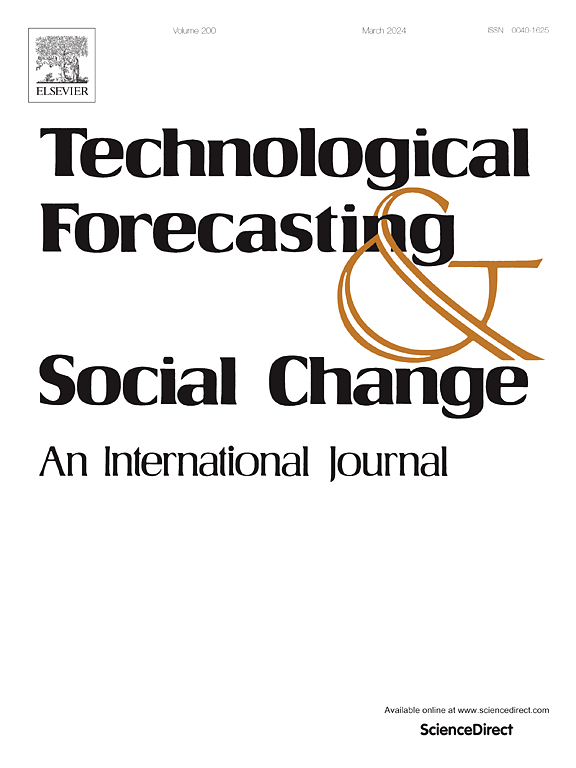A new framework to predict and visualize technology acceptance: A case study of shared autonomous vehicles
IF 12.9
1区 管理学
Q1 BUSINESS
Technological Forecasting and Social Change
Pub Date : 2024-12-31
DOI:10.1016/j.techfore.2024.123960
引用次数: 0
Abstract
Public acceptance is critical to the adoption of Shared Autonomous Vehicles (SAVs) in the transport sector. Traditional acceptance models, primarily reliant on Structural Equation Modeling, may not adequately capture the complex, non-linear relationships among factors influencing technology acceptance and often have limited predictive capabilities. This paper introduces a framework that combines Machine Learning techniques with chord diagram visualizations to analyze and predict public acceptance of technologies. Using SAV acceptance as a case study, we applied a Random Forest machine learning approach to model the non-linear relationships among psychological factors influencing acceptance. Chord diagrams were then employed to provide an intuitive visualization of the relative importance and interplay of these factors at both factor and item levels in a single plot. Our findings identified Attitude as the primary predictor of SAV usage intention, followed by Perceived Risk, Perceived Usefulness, Trust, and Perceived Ease of Use. The framework also reveals divergent perceptions between SAV adopters and non-adopters, providing insights for tailored strategies to enhance SAV acceptance. This study contributes a data-driven perspective to the technology acceptance discourse, demonstrating the efficacy of integrating predictive modeling with visual analytics to understand the relative importance of factors in predicting public acceptance of emerging technologies.
求助全文
约1分钟内获得全文
求助全文
来源期刊
CiteScore
21.30
自引率
10.80%
发文量
813
期刊介绍:
Technological Forecasting and Social Change is a prominent platform for individuals engaged in the methodology and application of technological forecasting and future studies as planning tools, exploring the interconnectedness of social, environmental, and technological factors.
In addition to serving as a key forum for these discussions, we offer numerous benefits for authors, including complimentary PDFs, a generous copyright policy, exclusive discounts on Elsevier publications, and more.

 求助内容:
求助内容: 应助结果提醒方式:
应助结果提醒方式:


